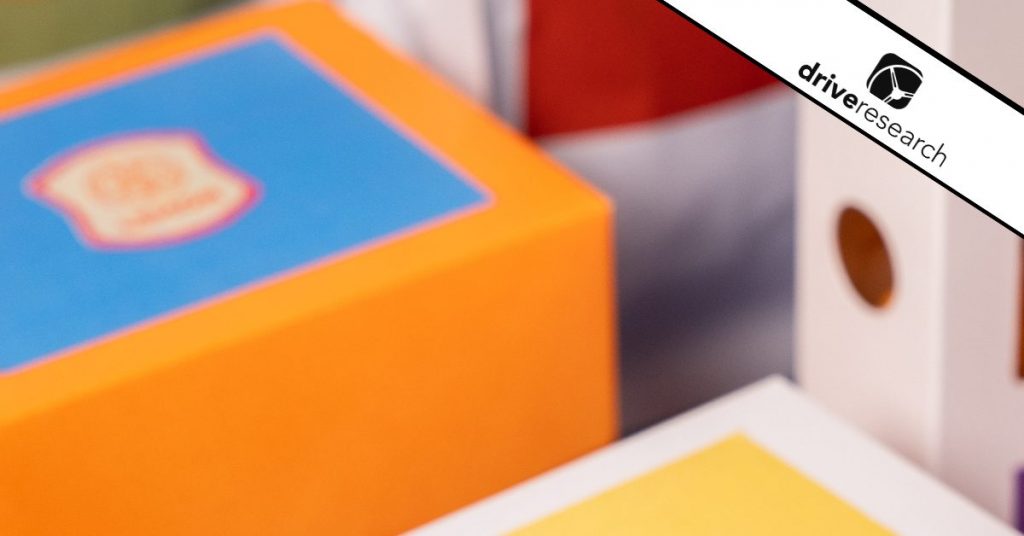
Let’s say you’ve done some legwork to come up with a new packaging design for your organization’s product.
Some strategic planning or qualitative research may have led to a potential rebranding or brand refresh. How do you validate this is the right path for your organization?
A great option is to put your new design to the test in a package testing market research project.
Don’t expect a clear-cut answer on which design is outright best, but do anticipate receiving the tools needed to promote data-driven decision-making.
The difference in packaging can sometimes be the catalyst that a customer needs to purchase a product. That’s why testing is so effective – your brand can determine what ques go with the product.
Looking to have consumers fully test your products at home? Take a peek at our Ultimate Guide to In-Home Usage Tests (IHUTs).
What is Package Testing Market Research
A package testing market research project is often a quantitative research survey designed to help an organization evaluate the opinions of consumers on different package labels or designs.
Surveys can be utilized to test new package concepts at various stages of the design process. You could also just as easily test current and new packaging as you could entirely new design concepts.
Metrics in a Package Label Test Survey might include:
- Packaging First Impressions (Likes/Dislikes)
- Packaging Appeal
- Packaging Readability
- Packaging Word Associations
- Overall Preference versus other options
Benefits of Package Testing
Package testing market research provides valuable insights into various aspects of packaging, which can be beneficial for both businesses and consumers.
Here are some of the key benefits:
Cost Reduction
By identifying potential weaknesses or inefficiencies in packaging early on through market research, companies can avoid costly recalls, returns, or product damages.
Additionally, optimizing packaging materials and designs based on research findings can lead to cost savings in the long run.
Consumer Preferences
Understanding consumer preferences and behavior regarding packaging can help companies tailor their packaging designs to better appeal to target demographics.
Research insights can inform decisions on aspects such as color, shape, size, and functionality, ultimately enhancing brand perception and consumer satisfaction.
Innovation and Differentiation
Market research in package testing provides opportunities for innovation and differentiation in a competitive market landscape.
By identifying emerging trends, preferences, and unmet needs, businesses can develop unique packaging solutions that set them apart from competitors and attract new customers.
How To Conduct Package Testing Market Research
The best way to share the process of package testing market research is with a real-world example, which we’ll outline in this section.
Creating Objectives for the Project
A full-service insights and strategy firm in Minneapolis, MN partnered with Drive Research to conduct a market research study for a cold-pressed juice brand in California.
The goal of the market research project was to test two package label designs:
- A current product label
- A new product label
The client hoped to understand what the impact of the new packaging would be on current customers as well as the interest with potential customers.
The goal was to measure the effectiveness of the new version of the packaging.
Don’t forget you’ll ideally need two or more different packaging designs to be able to test them against each other to measure effectiveness.
Specifically in this project, we used a package label test surveys, which may also be part of a broader product prototype research initiative to understand the possible reception of a product before coming to market.
The data and findings from the market research provided the client with direction on which packaging may be the best fit for its strategy moving forward.
Approach to the Package Label Test Survey (pick elements to test)
To address the objectives for the insights and strategy firm and its juice brand client, Drive Research recommended the following market research approach.
This included a quantitative online survey among the general population within the U.S. geography.
Online surveys are often utilized for brand tracking because they offer quality, measurable insights brands can utilize right away.
Some things you can ask in a package testing market research study would be things like:
- Would you be likely to purchase this product?
- How memorable is this product/brand?
- Would you be willing to pay a premium price for this product?
- Do you believe this product to be high quality?
In this study, a version of a close-ended likert scale was used to find answers.
It usually is a range of asking respondents on a scale from 1-5 how strongly they feel about an answer to a question. This type of question/answer is great for package testing since it can give strong data even if the answer is no.
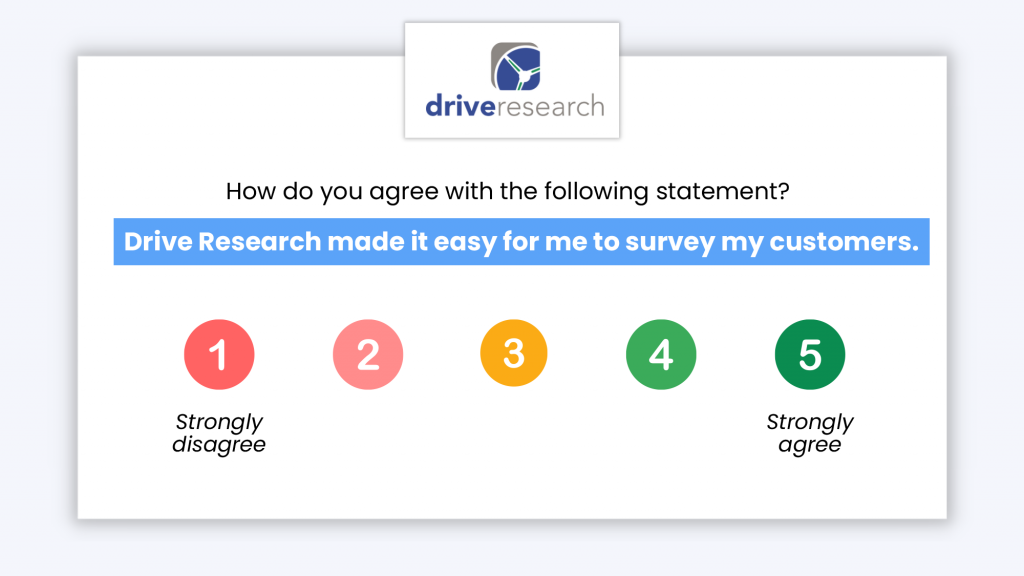
Details of the package label test survey included:
- Respondents were a mix of customers and non-customers of the cold-pressed juice brand.
- The survey was blinded to the non-customers of the brand. Which meant respondents did not know it was sponsored by the cold-pressed juice brand when starting the survey.
- The online survey took an average of 10 minutes to complete and included 37 questions.
- The survey received 832 responses.
- Fieldwork for the survey was completed in less than one week, beginning on March 5 and lasting until March 11, 2021.
Analyzing the Package Label Test Survey
Our market research company also utilized various analysis techniques for the cold-pressed juice brand.
Heat Maps
Heat maps can identify the most and least favorite areas of an image. Respondents can even leave comments to provide context to their feedback.
See the heat map example below or review some question examples here.
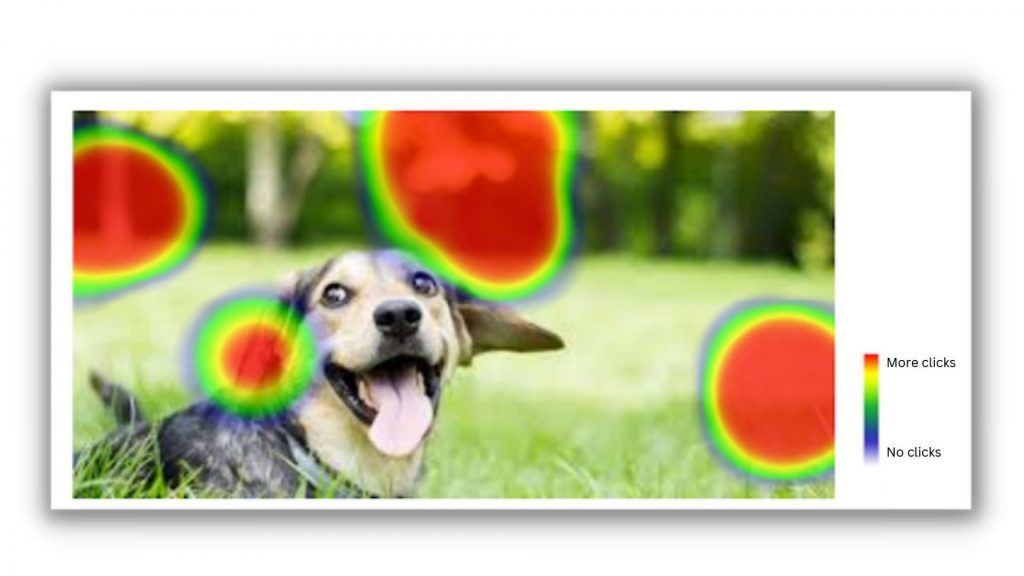
Semantic Differential Word Associations
A semantic differential question type can help you measure respondent perception with scales of two opposite words.
This question can be more efficient than individual rating scales in which the respondent may rate the association of a brand/package with a word on a 1 to 5 scale.
Semantic differential scales can gather many opinions in one question on how respondents view a brand, product, or service.
Below is an example of a semantic differential question in which the respondent selects a point for each row.
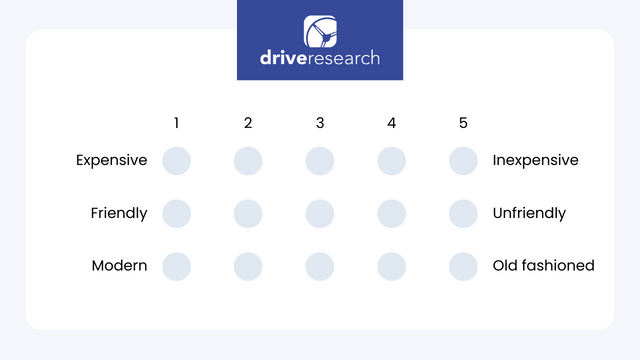
Text Analytics
For a more advanced analysis of the open-ended responses, text analytics can identify underlying themes such as likes and dislikes.
Sentiment analysis offers another layer of insights within the open-ended responses by revealing drivers of positive and negative feedback.
The output below shows the derived topics, sentiment, and key appeal metric break for an open-ended question.
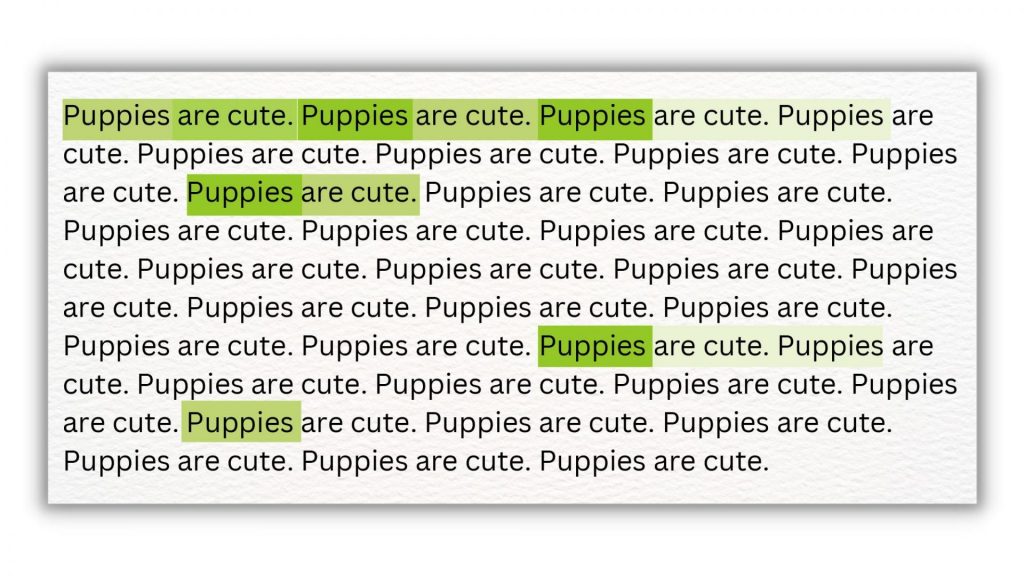
Results of the Package Label Test Survey + Future Planning
At the end of your package testing project (and data analysis), you’ll want to choose your winning packaging design.
The detailed findings from the survey outlined in a market research report remain confidential with the insights and strategy firm and its juice brand client.
But there was a winner!
The market research answered the following research objectives:
- What are the impressions of the existing and proposed packaging?
- Does the packaging appeal to both current and potential customers?
- What is the readability of the information on the label?
- What is the potential market positioning for each label?
- How important is the label/packaging to consumers?
The comprehensive research report included a background and methodology, an executive summary of findings, recommendations, and an appendix.
The appendix featured a detailed question-by-question breakdown of the survey and a final copy of the survey document.
Additional deliverables of the Package Label Test Survey included:
- An Excel cross-tabulation banner file breaking the data down into key segments.
- A full data file showing all responses was delivered separately.
Conduct Package Label Test Surveys with Drive Research
Drive Research is a national market research company serving all industries and organization types. Our team of pros has years of experience with package and product testing research.
Interested in learning in receiving a proposal or quote for a tracking study? Contact our team today!



